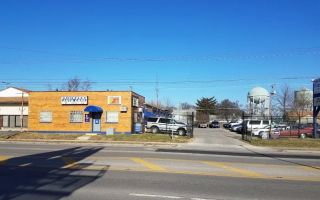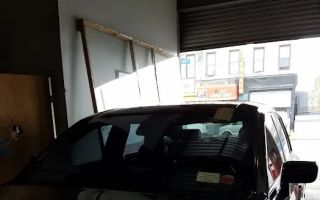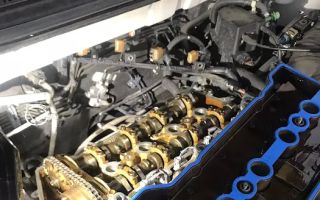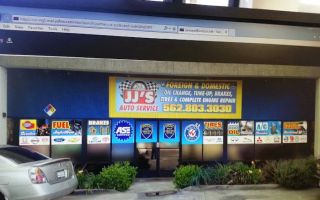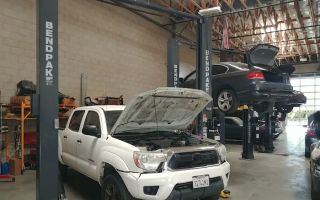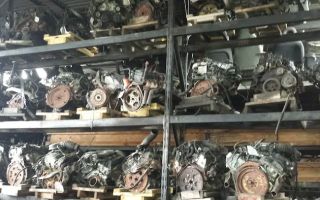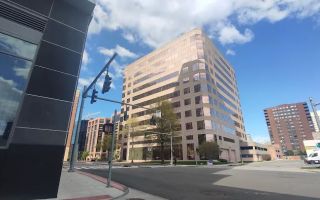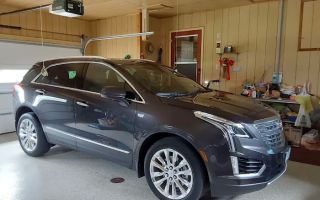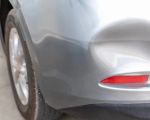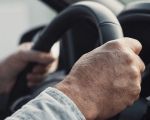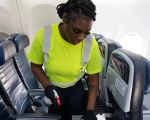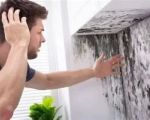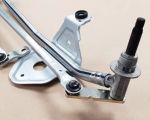- 1. Immediate Steps After a Car Accident on a Bridge
- 2. Safety Precautions While Handling a Bridge Accident
- 3. How to Handle Potentially Dangerous Situations
- 4. Calling for Help and Notifying Authorities
- 5. The Importance of Documenting the Accident
- 6. Real-Life Cases and How They Were Handled
- 7. When to Seek Towing and Other Emergency Services
1. Immediate Steps After a Car Accident on a Bridge
Being involved in a car accident on a bridge can be an overwhelming and potentially dangerous experience. Bridges are narrow spaces with limited escape routes, and accidents on these structures can result in additional risks such as traffic congestion, limited visibility, and the potential for further collisions. The first steps you take immediately following an accident are crucial for your safety and the safety of others involved.
First, assess your condition and the condition of any passengers. If you or anyone else is injured, call 911 immediately for medical assistance. If it’s safe to do so, move your vehicle to the side of the bridge to avoid blocking traffic. However, do not attempt to leave the scene of the accident unless you’re in immediate danger. If you cannot move the vehicle, stay inside and turn on your hazard lights to alert other drivers of the situation.
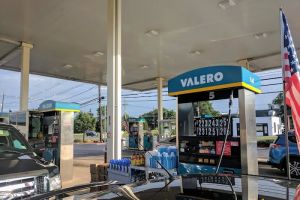
Valero
1068 US-22 East, Bridgewater, NJ 08807, USA
2. Safety Precautions While Handling a Bridge Accident
2.1. Stay Calm and Assess the Situation
After the initial shock of the accident, it’s important to remain as calm as possible. Panicking can cloud your judgment and delay your ability to make crucial decisions. Take a deep breath and assess the situation. Check if there are any immediate hazards, such as fire, leaking fuel, or other vehicles approaching quickly.
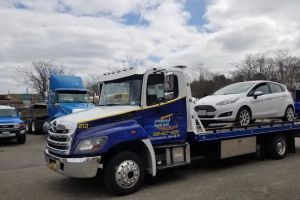
Cross Island Group
635 Commercial Ave, Garden City, NY 11530, USA
2.2. Protect Yourself and Others
If your car is still operable, moving it to a safe spot can prevent further accidents. If you’re stuck in traffic on a bridge or unable to move your vehicle, stay inside and keep your seatbelt on. Use any available warning signals such as hazard lights, road flares, or reflective triangles to alert oncoming traffic.
2.3. Avoid Crossing the Bridge
In some cases, the safest option is to stay inside the vehicle. Bridges may not offer an easy escape route, and stepping out of the car may expose you to further danger. If you’re on a busy bridge with traffic passing by, it’s better to stay in your car and wait for help rather than risk getting struck by other vehicles.
3. How to Handle Potentially Dangerous Situations
3.1. Assessing Potential Traffic Hazards
One of the most significant dangers of accidents on bridges is the risk of additional vehicles colliding. The narrow lanes on bridges can quickly become blocked, leading to more accidents. If you’ve already moved your vehicle off the road and are waiting for help, it’s important to assess the flow of traffic. If it looks like there may be a risk of another collision, move to the farthest point away from the road, such as the shoulder or guardrail, if possible.
3.2. Managing Exposure to Elements
If the weather conditions are severe—such as during rain, snow, or fog—it’s crucial to stay inside your vehicle for protection. These conditions can severely reduce visibility and increase the risk of further accidents. Wait for emergency services to arrive before attempting to leave the vehicle.
3.3. Watch for Other Drivers’ Reactions
Other drivers may not always react well to a sudden stop, especially on a bridge. Drivers behind you might not see the accident until it’s too late, so keep an eye on approaching vehicles and be ready to take action if needed. In extreme cases, you may need to signal for traffic to slow down or stop by using your hazard lights effectively.
4. Calling for Help and Notifying Authorities
4.1. When to Call 911
Always call 911 immediately if there are injuries, significant vehicle damage, or any dangerous situation. Even if the accident seems minor, it's always safer to call for assistance, especially on a bridge where accidents may lead to traffic jams or further hazards. When calling, provide the 911 dispatcher with the exact location of the accident, including the bridge’s name and the nearest exit if possible. Be prepared to describe the number of vehicles involved and any immediate hazards.
4.2. Notifying the Local Authorities
In addition to contacting emergency services, you should notify local authorities, especially if the accident is causing a significant disruption to traffic. In some cases, the authorities will work to divert traffic away from the accident site or provide assistance with clearing the area to prevent further incidents. Ensure that you exchange necessary information with any other drivers involved, including names, insurance details, and license plate numbers.
5. The Importance of Documenting the Accident
5.1. Collecting Evidence
After a car accident on a bridge, documenting the incident can be crucial for insurance claims and legal purposes. If it's safe to do so, take pictures of the scene, vehicle damage, and any injuries. Be sure to photograph the road conditions, any traffic signs, and any visible evidence that could help clarify the situation.
5.2. Reporting to Your Insurance Company
Once the authorities have handled the scene, it’s time to report the accident to your insurance company. Providing them with accurate and thorough documentation will help speed up the claims process. Your insurer will need the accident details, including the police report, photographs, and a description of the damages to process your claim.
6. Real-Life Cases and How They Were Handled
Many people have found themselves in the middle of an accident on a bridge. For instance, a woman driving during rush hour on a busy bridge experienced a sudden collision with another car. She stayed calm, moved her car to the shoulder of the bridge, and called 911. Her quick thinking helped prevent further collisions and ensured that emergency services could respond swiftly. She also made sure to document the scene for her insurance claim and received full compensation for the damages.
In another case, a driver on a remote bridge experienced a breakdown. He managed to safely pull over to the side and waited for roadside assistance. During this time, he used his hazard lights to alert other drivers of the situation, preventing accidents in the process.
7. When to Seek Towing and Other Emergency Services
If your vehicle is no longer drivable after a bridge accident, it’s important to call for a tow truck to remove the car from the bridge. Contact your insurance provider or a local towing service, such as those provided by Rescue & Towing, to arrange for safe vehicle removal. If you’re unsure about how to proceed, you can also ask local authorities for recommendations on reliable towing companies.
Additionally, consider seeking out any other emergency services, such as medical help or assistance with vehicle repair, if needed. Taking prompt action in these situations can significantly reduce your stress and prevent further complications.

